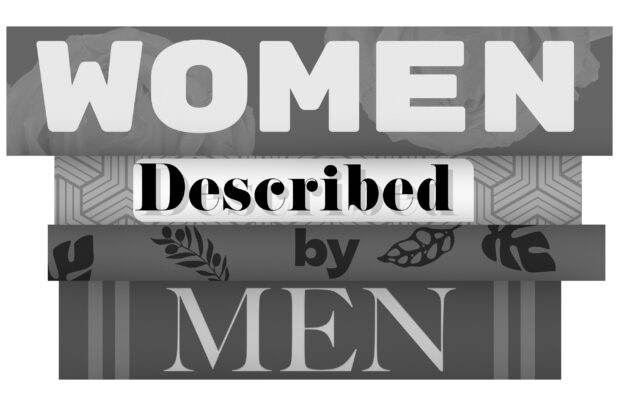Women lead larger gothic roles

Upon typing “gothic literature themes” into Google’s search bar, a list of topics can be spotted. Among them, you can catch the not-so-surprising theme of “women in distress.” Of course, considering the gothic genre peaked in the late 18th century, the concept of emotional insight in women was yet to be seen just as that–rather, this was displayed to be an invocation of fear or sympathy into the reader. Who wouldn’t feel bad for the pretty girl thrown into obscurity?
Descriptions that support the idea of the damsel or innate separation between genders can be observed in works studied by classes even at Newbury Park High School. Take Mary Shelly’s Frankenstein, for example. The protagonist, Victor Frankenstein, describes the women in the novel at a surface level. Their features are narrowed down to physicality, and their roles are aligned with their relation to him as a man. Even Victor’s wife, Elizabeth, is treated as if her domestic roles are an expectation as he describes their imminent “union.”
With the archetype of a woman being a tool in many defining works of Gothicism, what happens when we begin to remind ourselves that Mary Shelly’s mother died of birth complications? When we realize Mary herself had gone through a miscarriage, nearly dying of blood loss? That she had five children, with only one surviving past childhood? And how Frankenstien, despite reinforcing the genre’s stereotypes of a woman, also forces readers to ponder the fears and complications of childbirth through the fictional lens of a man and his creation?
We uncover that the role of “women in distress” has not only been used as a theme that conveys a stereotypical concept but something deeper: the intricacies and discomfort of women’s biology and the stress of societal roles. The blood, the womb–the bodily processes that are induced by womanhood and uncomfortable for a man to ponder–so the man projects a concealment upon the woman.
Some more modern works of media have decided to tackle this idea head-on. The gothic 2013 FromSoftware video game,“Bloodborne” ponders the complexities that accompany female biology, with insistent motifs of blood, lunar cycles, babies and even umbilical cords and the womb. A more hands-on approach to the gothic interpretation of womanhood, but one that is so refreshing to see be unearthed, straying from the stereotypical and plunging into the uncomfortable–through the means of a video game with a targeted male audience. This redefined guise of women should be encouraged in more modern works of Gothicism–the genre is so vast and interpretive, so why not explore this kind of meaning in larger works and stray from the stereotypical?


